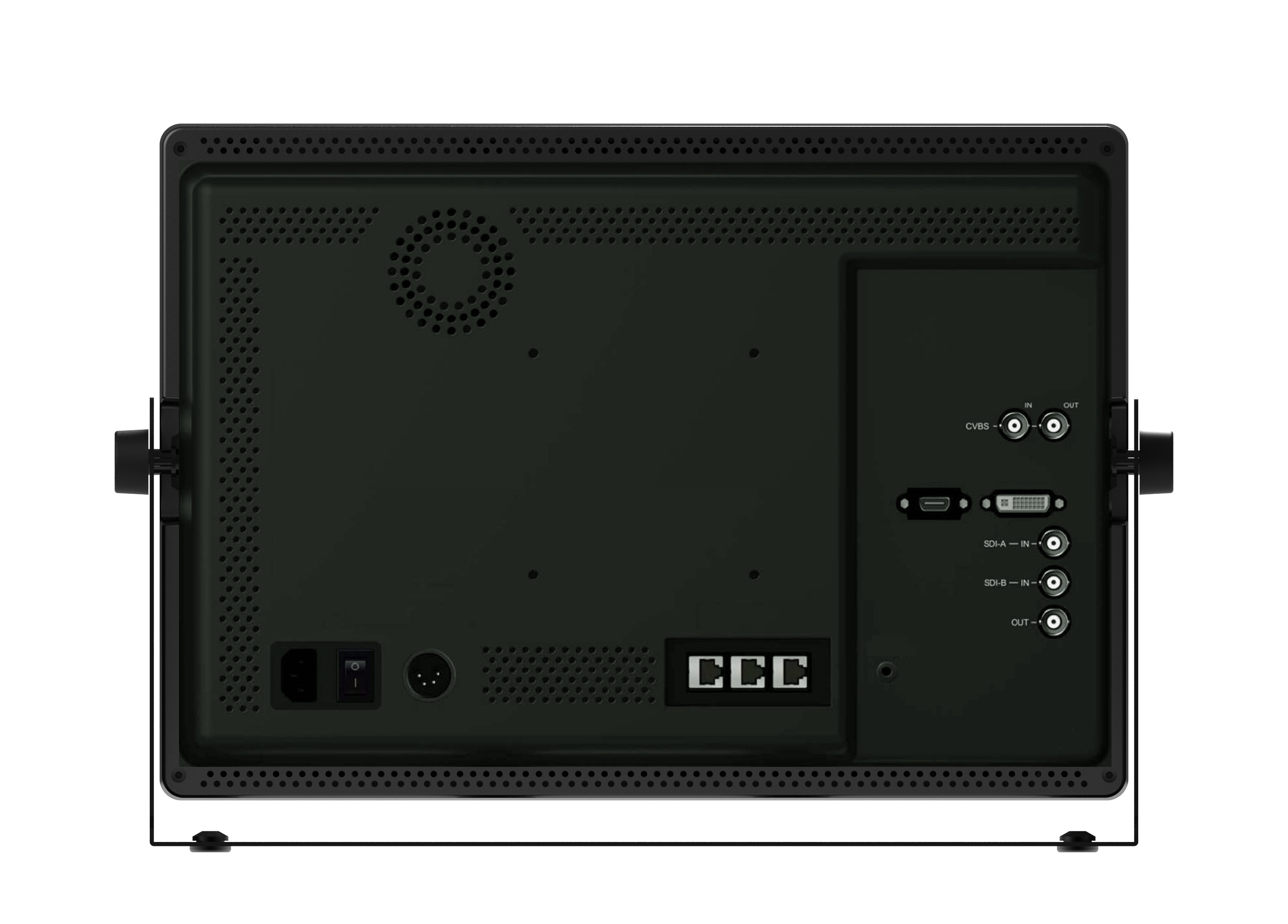LVM-180A : 18.5” FHD Professional LCD Monitor
The LVM-180A is 18.5” model with a 18.5 inch IPS LCD panel with 1920x1080 native resolution, 500 nit, enhanced contrast ratio and wide viewing angle all unmatched by other LCD monitors. A completely redesigned video processing unit provides powerful performance and artifact-free image reproduction. Support for various cinema camera log-to-linear LUTs, easy field upgradability and a full array of image processing features are standard.





























18.5” FHD Professional LCD Monitor
The LVM-180A is 18.5” model with a 18.5 inch IPS LCD panel with 1920x1080 native resolution, 500 nit, enhanced contrast ratio and wide viewing angle all unmatched by other LCD monitors.
A completely redesigned video processing unit provides powerful performance and artifact-free image reproduction.
Support for various cinema camera log-to-linear LUTs, easy field upgradability and a full array of image processing features are standard.

Main Body Dimensions
Main Body 442.5 x 309.2 x 65.3 (mm) / 17.42 x 12.17 x 2.57 (inch)
With Body 483.5 x 332.89 x 137.5 (mm) / 19.03 x 13.1 x 5.41 (inch)
Weight 5.6kg / 12.34lbs
Product Highlights
• 18.5” Full HD Resolution (1920 x 1080)
• Waveform / Vectorscope
• 16ch Audio Level Meter
• Focus Assist
• Marker
• Timecode Display
• Dynamic UMD
• Blue/Mono Only
• H/V Delay
• Luma(Y’) Zone Check
• Range Error
• User Aspect
• Various Scan Modes
• Closed Caption (CC-608, CC-708)
• Tally
• Eco Mode
Optional Accessories
3G-SDI Level A/B
Supports 3G-SDI Level A/B input.
Audio Level Meter Display
Displays the level of the embedded sound signal together with the video signal input through the terminal such as SDI or HDMI.

Blue Only / Mono
Red and Green channels are not used and only Blue or Monochrome channel is used to display the screen. This function is used to adjust the color tones (tones and saturation) of the screen using the SMPTE Color Bar. For example, after displaying the Blue channel, adjust the Color (or Saturation) and Tint (or Hue) so that the original Magenta and Cyan are of the same brightness, and the original Gray and Blue are of the same brightness.

Focus Assist
Assigns a color to the pixels on the boundaries of the image to inform the user to achieve the best focus. With this function, user can easily differentiate the focused area from out-focused area especially when shooting with a shallow depth of field.


H/V Delay
Allows you to check the Blanking area and synchronize signals by displaying the horizontal and vertical intervals in the center of the screen.

Key Lock
Key Lock is a password-protection function of the OSD menu so that non-authorized users cannot change the setting of the monitor.

Luma(Y') Zone Check
Displays the Luma(Y’) level of the input image in colors. Each pixel’s Y’ analyzed and changed to a certain color or zebra pattern according to the Index on the right side of the screen.



Marker
Displays various kinds of aspect ratios on the screen. Wide range of markers and security areas are available with line color and curtain transparency selection. A User Marker is available if any of standard markers fits your requirements.

Range Error
Analyzes the input signal’s Luma (Y’) and chroma (C’) information. If the input signal exceeds the designated minimum and maximum values, the pixel will blink. This function allows for the user to easily identify any issues with exposure.


Time Code Display
Displays the Timecode information on the screen.

UMD
Displays user customized 8 characters or source ID or Tally signal of Ancillary (ANC) data on the screen.

User Aspect
Adjusts the Width /Height display ratio.



Various Scan Modes
Controls the size of the image. Overscan: Extra area around the four edges of the image that may not be seen reliably by the viewer. Underscan: Constrains the size of the image so the monitor shows everything the camera is seeing. 1:1 pixel: Displays the original image resolution without scaling to match a certain resolution or an aspect ratio.



Waveform/Vector Scope
Waveform Y: Displays the Luma(Y’), Cb, Cr component of the input signal into waveform.
Vector Scope: Displays the color components ‘B-Y’ and ‘R-Y’of the input signals onto the X-Y axis.
Vector Scope: Displays the color components ‘B-Y’ and ‘R-Y’of the input signals onto the X-Y axis.


Zoom
Magnifies the input signal from 0% to 90%.











.jpg)